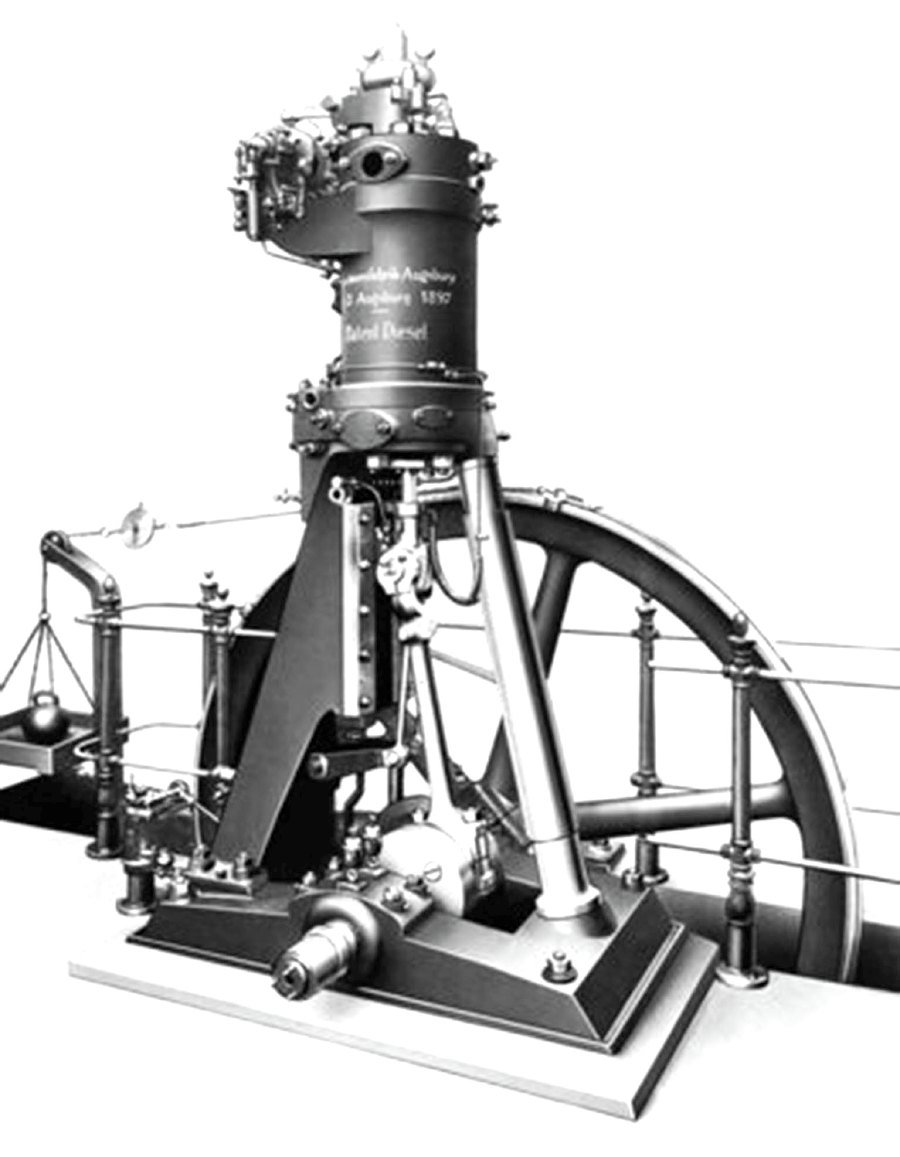THE diesel engine, with its simpler mechanical components, is robust and able to deliver more power, (more torque, specifically) making it a natural choice for heavy vehicles.
Being significantly more fuel-efficient also gives it some edge over some petrol combustion engines.
The technology was invented by German inventor and mechanical engineer Rudolf Diesel, after extensive researching and testing of thermodynamic principles to yield better combustion efficiency than petrol engines.
Diesel engines use compressed air to ignite the fuel, as opposed to spark-styled ignition systems in petrol-powered engines.
While it is well-written in history books, the actual inspiration for Diesel to “spark” the idea of diesel technology remains obscure.
However, the inspiration for Diesel’s engine most likely came from the Southeast Asian Gobek Api, or fire piston.

To those who are uninitiated, the Gobek Api is a ancient two-piece tool consisting of a hollow cylinder sealed at one end and open at another, and a piston with a handle at one end to allow the user to grip and press it inside the cylinder.
The piston face that goes into the cylinder must be circularly airtight so that it can create a vacuum that can be pressurised when the piston is pressed in or pulled out of the cylinder.
On the piston face is a cavity or groove where tinder can be attached so that it is not going to be crushed when the operation is done.
Early forms of Gobek Api were made out of wood, animal horns or bamboo and has a pocket-sized length of 7cm to 15cm.
The compression of air when the piston is quickly pressed into the cylinder causes the interior temperature to rise sharply to over 260-degree Celsius, enough for the tinder on or in the piston face to ignite with the visible flash.
The smouldering tinder can then be transferred to a larger bunch of tinder before being fanned or blown to create a flame.
So, how does this antique Gobek Api inspired Diesel to come up with the heavy-duty engine that we know today?
Well, in the late 19th century, Carl von Linde - an esteemed engineer - had just returned to his home in Germany from a lecture tour, which took him to various places, including the Malay Peninsula.
As a faculty member of the prestigious Munich Technical University, he was supposed to conduct a presentation on the results and findings from the voyage to the faculty and students.
During the lecture, he paused and took out a small wooden cylinder and plunger (piston) from his pocket to light a cigarette.
The device, which he called “ein Feuerkoben”, was a gift from the people he met on Penang island.

He pressed the plunger down and the tinder inside ignited. He then picked the glowing ember out and lit his cigarette with it.
To the vast majority, the gesture was nothing more than just lighting up a fire from a neat wooden device.
But to Diesel, who was a member of the audience and one of von Linde’s brightest students, the concept apparently made him wonder if the same thermodynamic principle could be applied to ignite fuel in an internal combustion engine.
You see, the “ein Feuerkoben” or Gobek Api employs the same basic mechanism as the diesel engine.
The chemical equation of pressure, volume and temperature states that when the pressure is increased within the equal volume of gas, its temperature will increase.
This very reaction became the principle in diesel engine operation where the compressed air lights up the fuel, thus eliminating the need for spark plugs to perform the same task.
From 1893 to 1897, Diesel further developed his ideas at Maschinenfabrik-Augsburg AG (later Maschinenfabrik-Augsburg-N¸rnberg or MAN) before he began prototype testing and later managed to demonstrate a successful diesel engine with an efficiency of 26.2 per cent.
So, was Gobek Api really a forerunner of the MAN trucks and buses as well as other industrial-vehicle engines?
Well, the details remain sketchy, but Diesel was indeed the man responsible in connecting the dots from the ancient tool to the oil-burner heavy motor.





